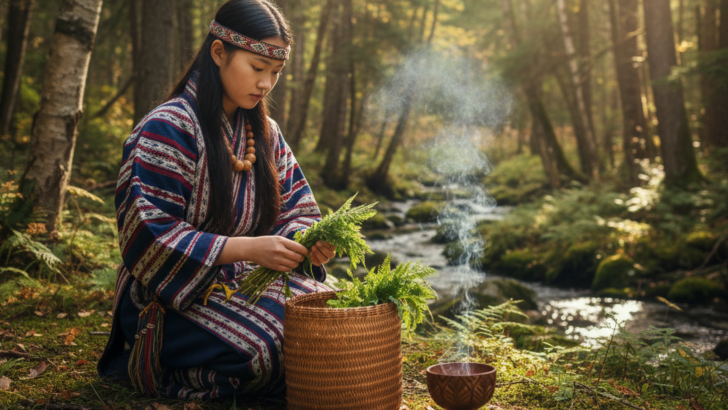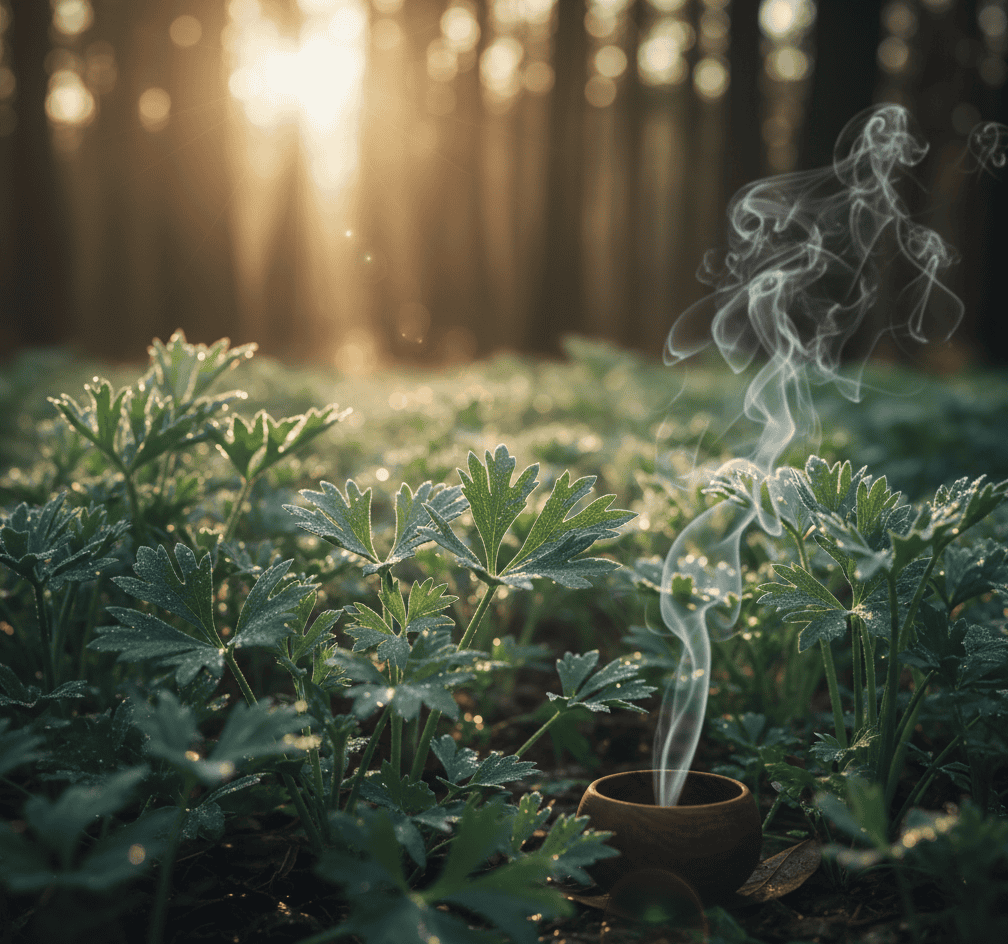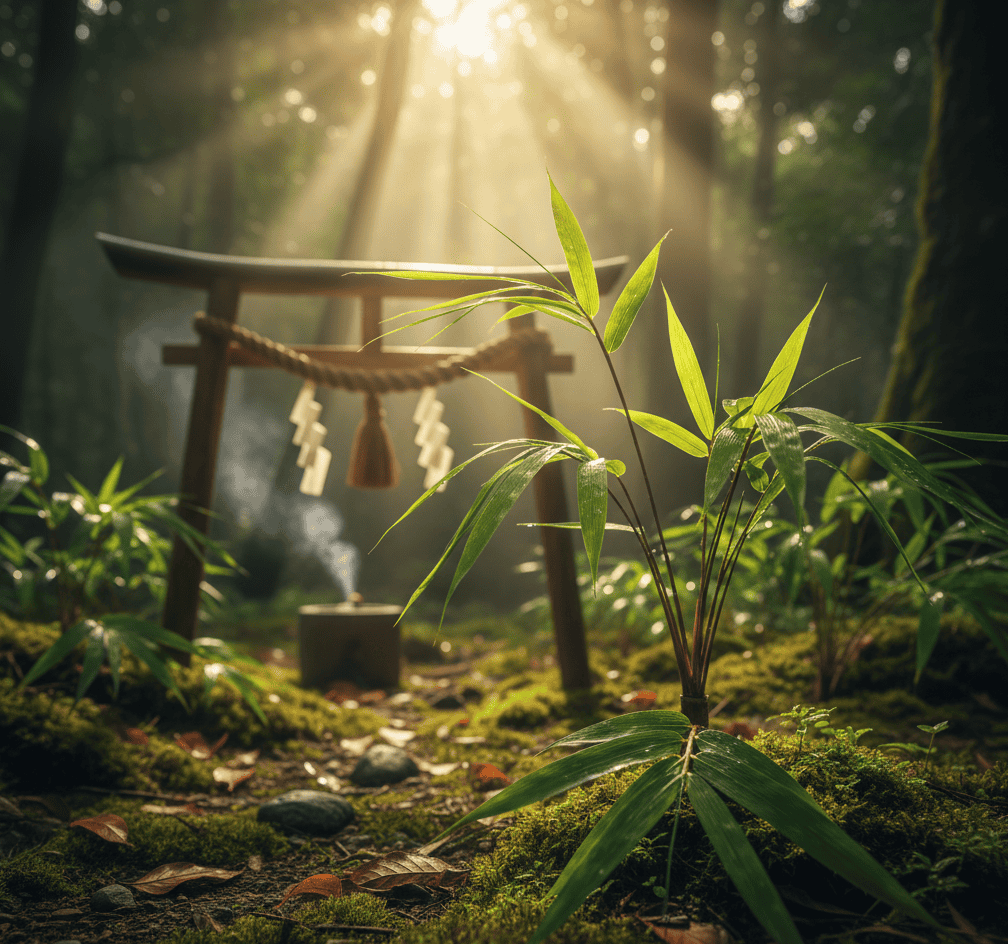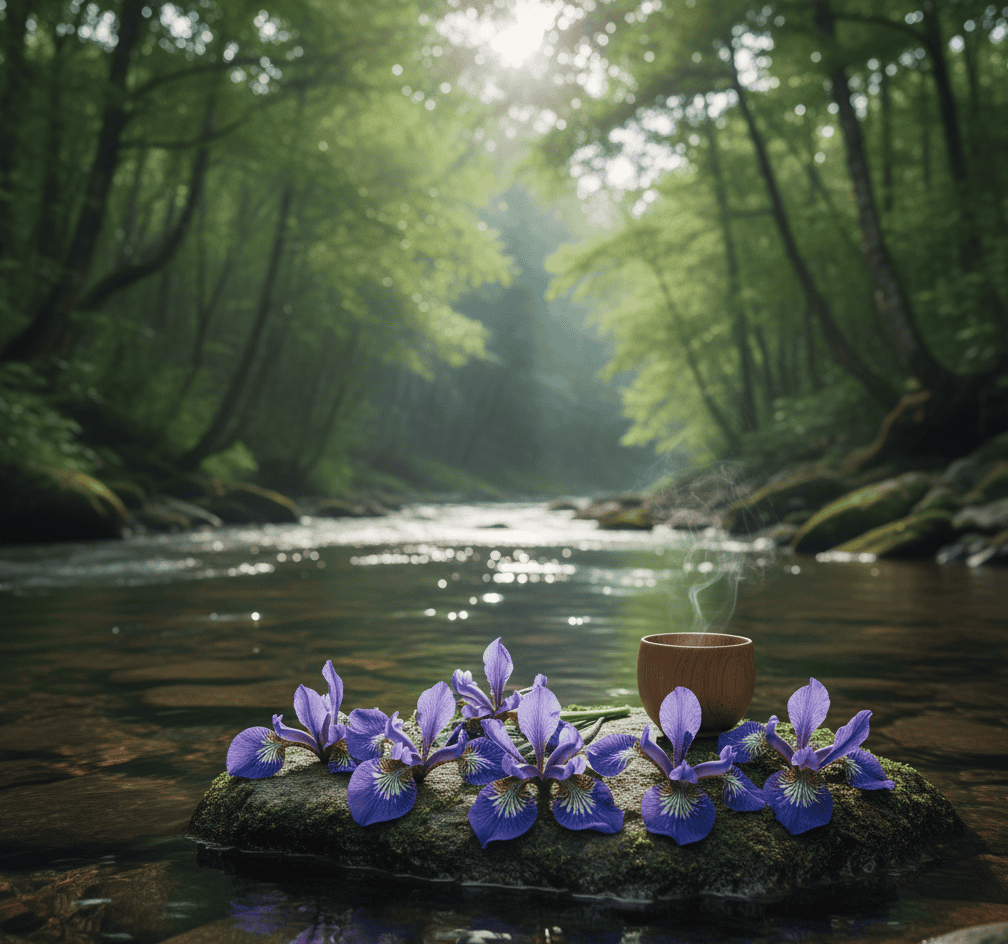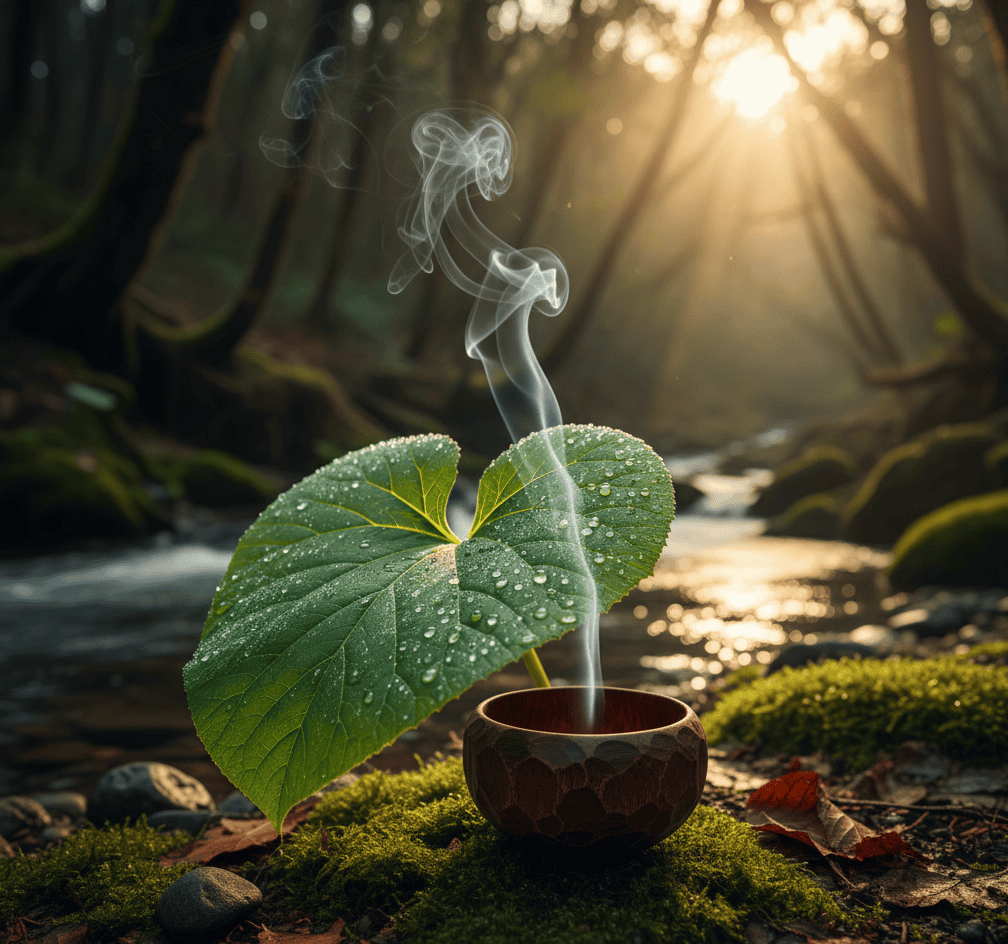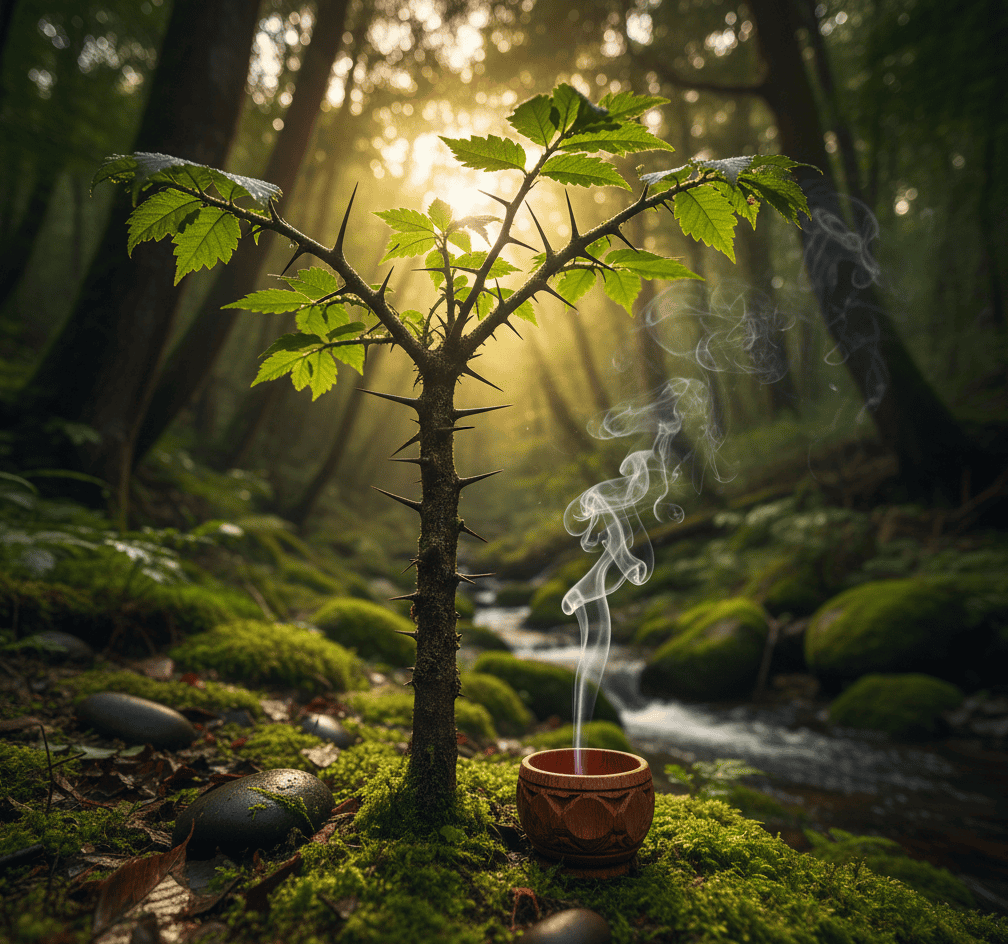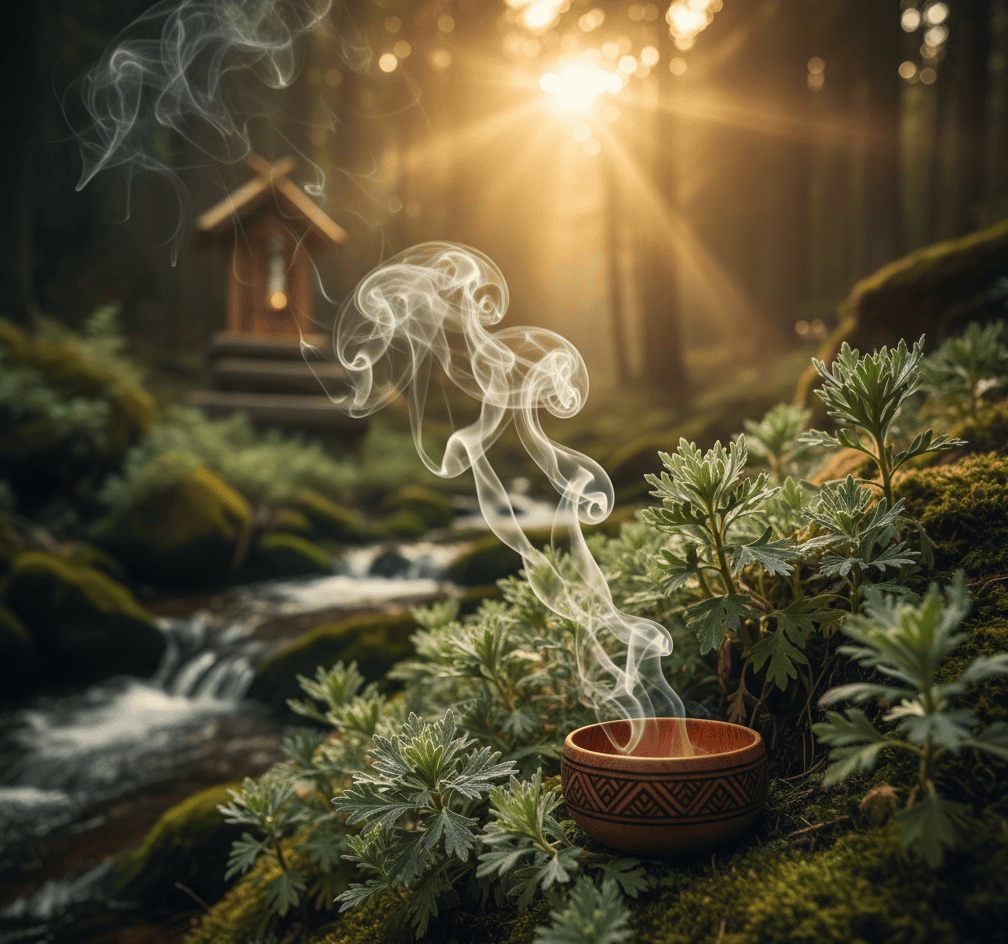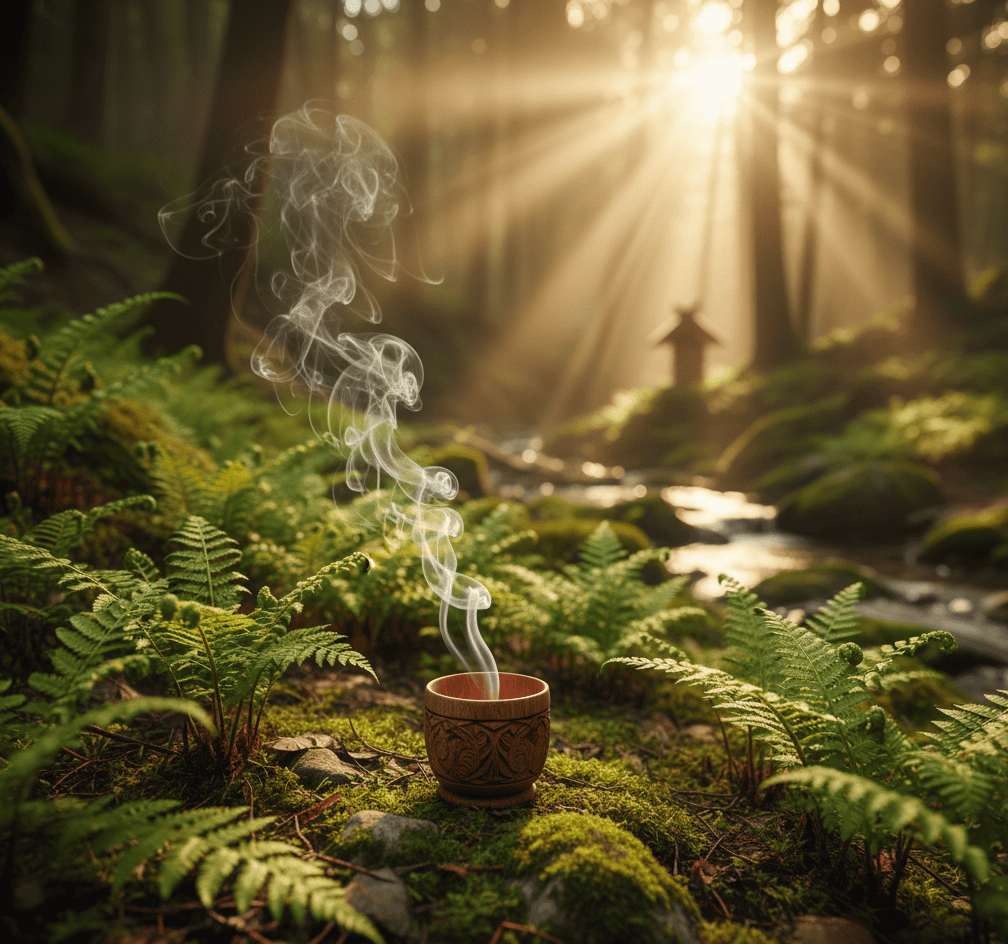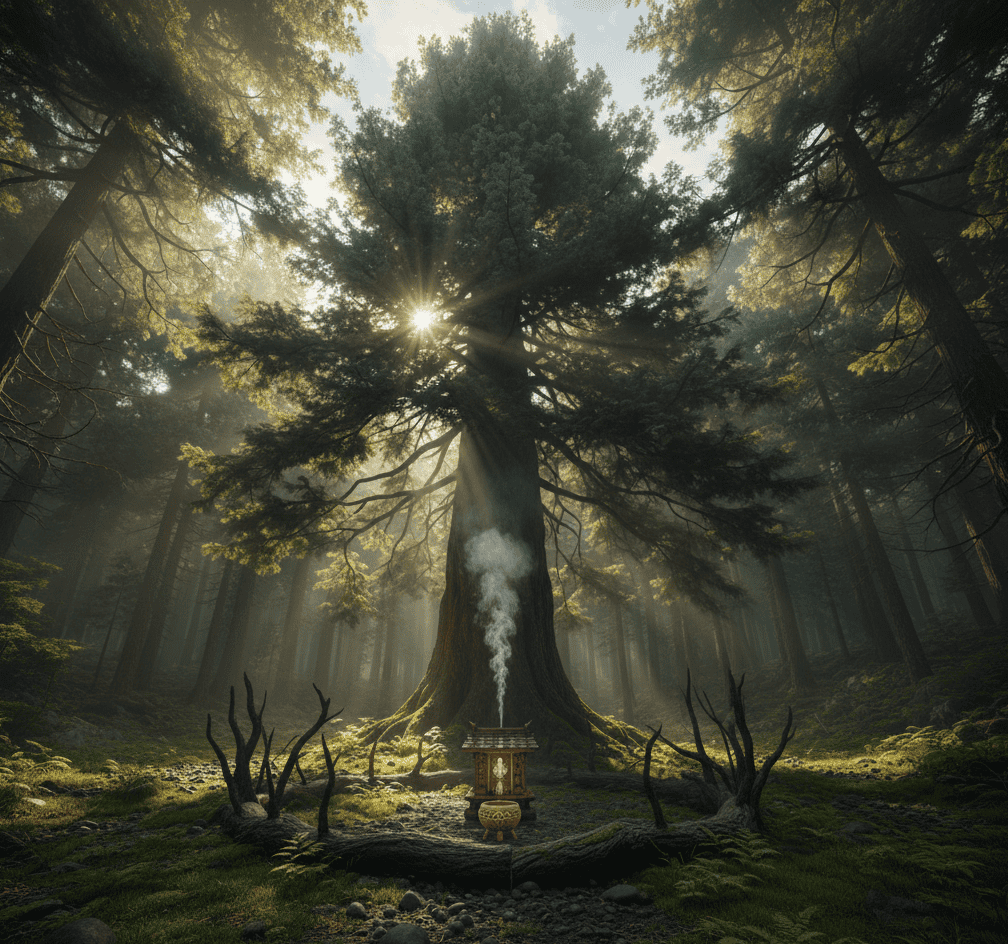The Ainu people of northern Japan lived in deep harmony with nature, seeing every plant, tree, and stream as alive with spirits called kamuy.
Their ceremonies were not only prayers but acts of respect and gratitude toward these unseen forces.
Plants in particular held a sacred role, as they were believed to carry both healing power and spiritual strength
Some were burned to purify spaces, others were offered as gifts, and many were used to strengthen the connection between humans and the divine.
Each plant carried its own meaning, shaping the way the Ainu honored the kamuy and expressed their bond with the natural world.
1. Mugwort
Mugwort was one of the most treasured plants in Ainu ceremonies. Its strong fragrance was believed to ward off evil spirits and purify spaces where rituals took place.
People would burn it so that its smoke carried prayers to the kamuy, ensuring protection and spiritual clarity.
Mugwort was also thought to calm the mind, making it easier for shamans to connect with the divine world.
2. Bamboo Grass
Bamboo grass held a special place in Ainu tradition as a symbol of resilience and harmony.
During ceremonies, it was often used as decoration around sacred spaces, showing respect for the kamuy.
Its flexible yet strong nature represented the balance between humans and the spirits of nature.
The leaves were sometimes woven into ritual items that carried blessings of protection and long life.
3. Siberian Iris
The bright blue-purple flowers of the Siberian iris were admired not only for their beauty but also for their sacred meaning.
The Ainu believed this plant carried a connection to water kamuy, helping ensure plentiful rivers and safe fishing journeys.
During rituals, the flowers would be placed as offerings to honor the water spirits.
Their vivid colors reminded people of the life-giving force of rivers and lakes.
4. Butterbur
Butterbur was valued both as a food and a ceremonial plant. Its large leaves were sometimes used to cover ritual offerings, protecting them from impurities before they reached the kamuy.
The plant’s early spring growth also made it a sign of renewal, a promise that the world was awakening after the cold winter.
Its presence in ceremonies tied human life to the rhythm of seasonal change.
5. Hellebore
Hellebore was a plant connected to mystery and awe. The Ainu saw it as powerful because of its ability to grow in harsh conditions, making it a fitting offering to strong kamuy.
It was sometimes left at sacred sites as a way to ask for protection from misfortune.
The plant’s striking appearance symbolized endurance and the unseen strength that lay in the natural world.
6. Japanese Angelica Tree
The spiky branches of the Japanese angelica tree made it a natural symbol of protection.
In Ainu rituals, its branches could be placed near sacred fires or shrines to guard against harmful spirits.
The tree was also respected for its healing qualities, and its presence in ceremonies reminded people of the link between physical well-being and spiritual balance.
7. Artemisia Princeps
This relative of mugwort was another plant tied to purification. Artemisia princeps was commonly burned during rituals, releasing thick smoke that cleansed the area and drove away negative energies.
Shamans would often include it in ceremonies where communication with the kamuy required a safe and protected space.
Its role as a purifier made it one of the most trusted ritual plants.
8. Bracken Fern
Bracken fern was deeply woven into the daily and spiritual life of the Ainu. Its shoots were eaten as food, but its symbolic role went further.
The fern represented hidden knowledge and protection, often linked with the earth itself.
During rituals, it could be used to decorate sacred sites or as part of offerings to land kamuy. Its hardy nature made it a reminder of resilience and grounding.
9. Alder Tree
The alder tree held strong spiritual significance because of its role in fire.
Its wood was often used to start sacred flames in ceremonies, making it a direct link between people and the kamuy who watched over ritual fires.
The tree’s connection to light and warmth made it a symbol of life and divine presence. Each spark from its wood was seen as a messenger to the spirit world.
10. Ezo Spruce
The tall and steady Ezo spruce was a symbol of strength and longevity. The Ainu believed this tree connected the earth to the sky, bridging human life with the world of the kamuy.
Spruce branches were sometimes used to mark sacred areas, creating boundaries where spirits could be honored with respect.
Its towering presence reminded people of the enduring power of nature and the eternal watch of the gods.

I always felt a strong connection to the Divine since my birth. As an author and mentor, my mission is to help others find love, happiness, and inner strength in the darkest of times.

